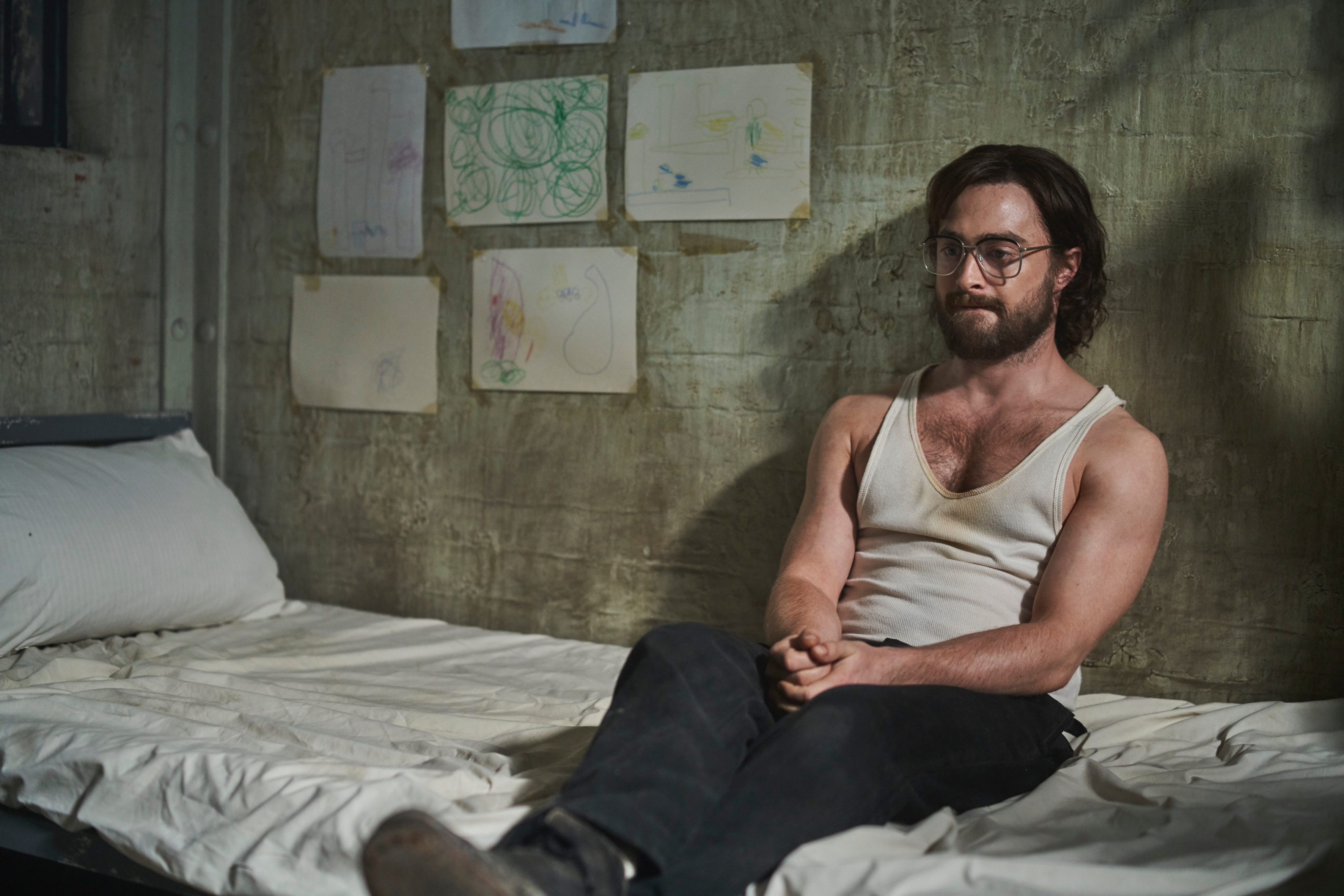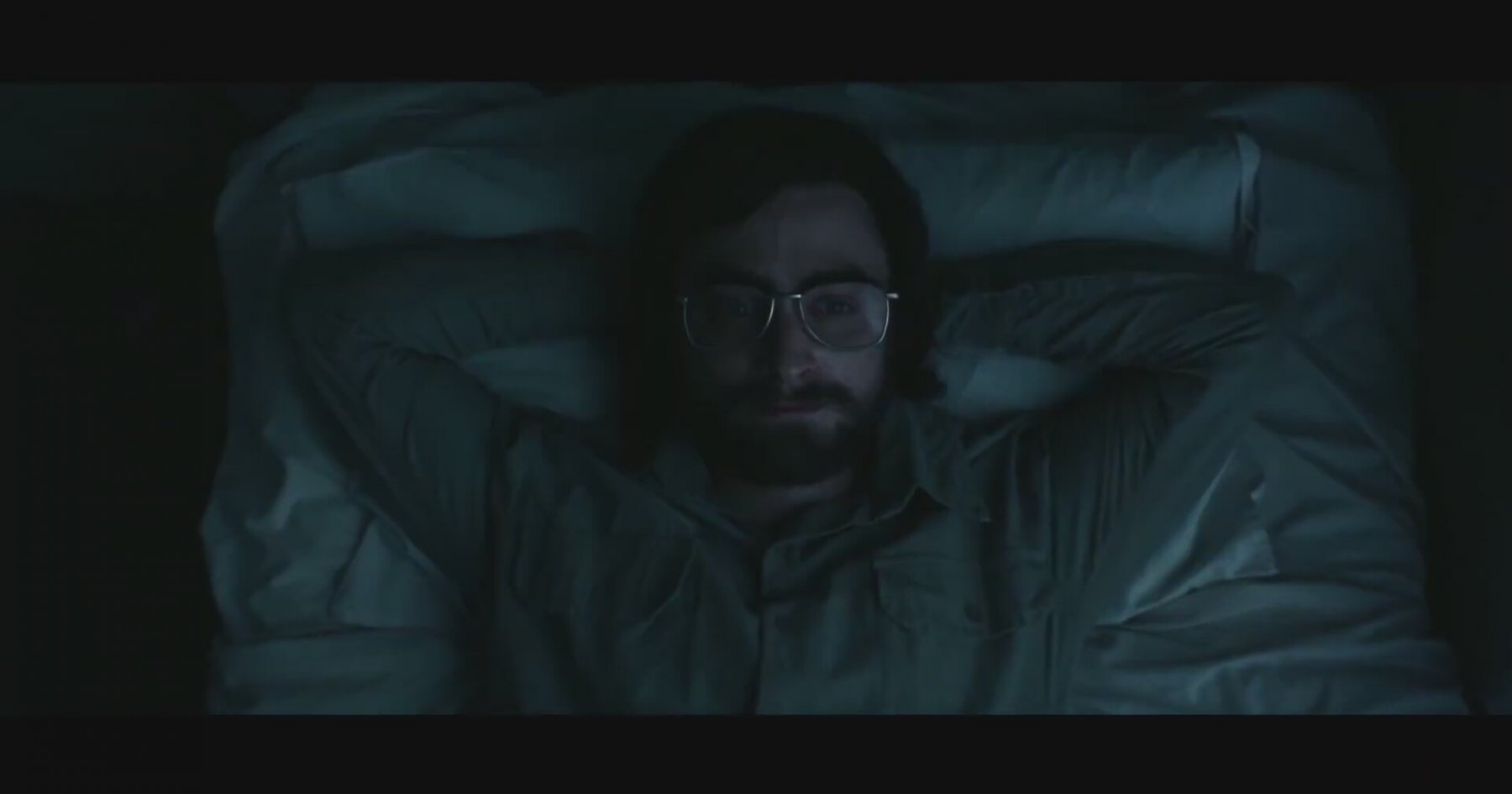
It is run by the South African Department of Correctional Services. C Max C MaxĢ5☄5′40″S 28☁0′55″E / 25.761°S 28.182☎ / -25.761 28.182 ( C Max)ĭepartment of Correctional Services (South Africa)Ĭ Max is the maximum security division of the prison. The supermax prison, now known as C Max and on the site of the former death row, is in the centre of the facility, on the lee of a hill. The remand centre is in the front of the facility. The complex comprises six correctional centres, and includes a women's prison and Pretoria Local Prison. 2017: riot Ī prison warden and an inmate were injured during a prison riot in July 2017, after prisoners' concerns over delays in processing parole applications, poor food, overcrowding and violence by wardens were sent in a memorandum to the justice minister Michael Masutha, who had been Minister of Justice and Correctional Services since 2014. The complex was renamed Kgosi Mampuru II Management Area by President Jacob Zuma on 13 April 2013. He was recaptured two weeks after his escape. In November 2006 Annanias Mathe became the first prisoner to escape from the C Max part of the prison complex. After this escape, the building in which they had been held was completely refurbished with increased security features. In 1979 white political prisoners Tim Jenkin, Alex Moumbaris and Stephen Lee escaped from "the Local". The old Pretoria Local Prison building was demolished around 1978 after other buildings had been built adjacent to it.
#Escape from pretoria 2160p trial#
The inmates included Denis Goldberg (who had been sentenced at the Rivonia Trial with Nelson Mandela and other ANC leaders), Raymond Suttner, and Jeremy Cronin. As of 1978, the maximum number housed had been 22, with the average about 10 for this reason the remaining cells were occupied by prisoners awaiting trial.

The section housing the white male political prisoners was an L-shaped three-storey building built in the late 1960s, consisting of 52 cells. Pretoria Prison, or Pretoria Local, housed local prisoners (split by race) as well as having a maximum security section for white political prisoners (black political prisoners being held in Robben Island), recidivists, habitual escapees, and the condemned. This was a national prison and reception centre where many prisoners started and ended their sentences. Pretoria Central proper consisted of a number of separate prison buildings, each housing various divisions of prisoners based on racial classification and gender. Īt one time, the prison gallows could hang up to seven people at a time. Condemned prisoners were held in a section of the prison called "The Pot". Pretoria Central Prison was the official site of capital punishment in South Africa during the apartheid era. It was on what was then Potgieter Street, later renamed Kgosi Mampuru Street. divided into separate prisons for males and females of different racial classifications. There were also housing and recreational facilities for the prison wardens. The latter was the ultra-maximum security section. In fact there were three separate clusters of prisons: Pretoria Central Prison proper, Pretoria (Local) Prison and a third known only as "Maximum" or "Beverley Hills". History 1948-1991: Apartheid era ĭuring the apartheid years, the huge complex was often known incorrectly as "Pretoria Central". The new name is the same as the street name (renamed in the previous year), with both now bearing the name of Kgosi Mampuru, a 19th-century local chief who resisted colonial rule and was subsequently hanged in 1883. The complex comprises six correctional centres, including the notorious C Max, Pretoria Local Prison, and a women's prison.

It is operated by the South African Department of Correctional Services.

Pretoria Central Prison, renamed Kgosi Mampuru II Management Area by former President Jacob Zuma on 13 April 2013 and sometimes referred to as Kgosi Mampuru II Correctional Services is a large prison in central Pretoria, within the City of Tshwane in South Africa. Large prison in central Pretoria, South Africa


 0 kommentar(er)
0 kommentar(er)
